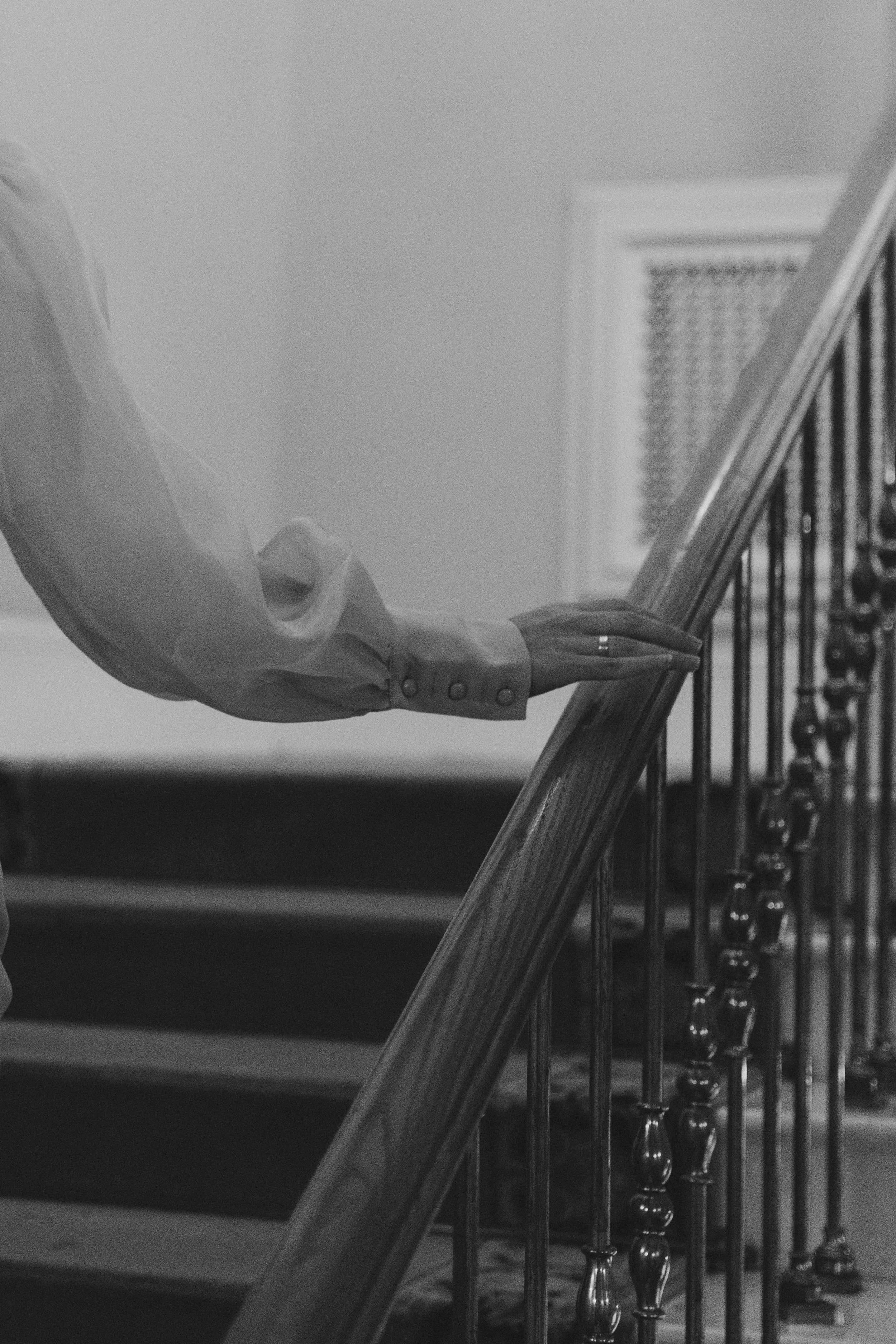Look Back to Move Forward
5 minute read
No book has ever excited me, and disappointed me, as much as Hans Christian Anderson’s The Emperor’s New Clothes. Before I could spell the word fashion, I knew I loved it, and the notion of a book that promised a grand sartorial reveal akin to that of Meghan Markle’s wedding dress had my little heart thumping with excitement. I refused to skip ahead for a sneak peak of the “most magnificent” outfit the stealthy weavers were making for the duped Emperor. Instead, I savoured the build-up and revelled in the anticipation, assuming as I turned each page that although members of the Emperor’s court couldn’t see any fabric on the weavers’ loom, I would be blown away by the splendorous clothes when they were eventually revealed. I can tell you when I finished that book I felt just as defrauded as the naive Emperor leading his procession down the public streets, starkers. No outfit, no point, was my feeling on this Danish folklore tale.
The fondness and frustration mixed up in this memory is what we know as nostalgia. As defined by the Cambridge Dictionary, nostalgia is “a feeling of pleasure and also slight sadness when you think about things that happened in the past”. I am an intensely nostalgic person – for everything from Ready Brek breakfasts as a child to episodes of Night Hawks as a teen. I’m nostalgic for milkmen and telephone boxes; my first real boyfriend didn’t have a landline in his home, so he would walk to the nearest telephone box to call me, which in hindsight seems incredibly romantic. I’m nostalgic for Christmas trees without proper shop-bought stands that were shoved into a bucket wrapped in Christmas paper and secured with lumps of coal wrapped in tinfoil (in our house anyway). I’m nostalgic for school books covered in wallpaper and mittens threaded through my coat sleeves with string.
The late American columnist Bill Vaughan once said, “It’s never safe to be nostalgic about something until you’re absolutely certain there’s no chance of it coming back”. I take his point. It might have been romantic to be called from a phone box but I certainly wouldn’t relish the idea of using one myself, then or now. Anyway, you’d need to be decked out in full PPE in this Covid era, at the very least.
I’ve always considered nostalgia to be a double-edged sword; at its worst, it can lead to Miss Havisham levels of stasis and dysfunction.
As it turns out, this emotion is in fact a two-sided coin because there are actually two types of nostalgia – reflective and restorative – and each can affect our mental health in dramatically different ways. The Gothic jilted bride of Dickens’s Great Expectations indulged in the latter kind, which according to Psychology Today involves “a restless urge to recreate a special moment from our past, and a sense of sadness when we realise the futility of that desire...that special moment, as it was lived, being forever sealed off from the present…”. Reflective nostalgia, on the other hand, is enjoying a past memory without any illusion that it does, should or can still exist.
While one chains us to our past, the other can actually mobilise us for the future, according to National Geographic. The journal reports on a 2018 study, which found that nostalgia can act as a buffer against existential threats. According to the 2020 article, “Nostalgia is a way of offering us hope and inspiration. It increases our desire to pursue important life goals and our confidence that we can accomplish them.” It’s not surprising then that this article was published just as the pandemic was beginning to terrify the living daylights out of everyone. From a personal perspective, I was happy to read this piece, because I know I have always had my head half stuck in the past, and I’ve always assumed this to be a negative thing – a character flaw rather than any sign of mental fortitude.
We live in a culture of rapid innovation and never-ending newness that constantly propels us forward, but there are days when I simply have ‘change fatigue’.
I recently upgraded my tired old iPhone 6 to an 11, and I can honestly say I would rather go to the dentist and have my braces tightened than spend time in a phone shop. That’s another thing I’m thoroughly nostalgic for: old-fashioned phones that needed to be dusted not upgraded and which you could ignore when they rang without explanation or recrimination.
Nostalgia tends to be most active during life’s major transitions, like midlife, and a pandemic of course. I sway between healthy nostalgia (playing Scrabble with my sister during lockdowns) and unhealthy, but understanding the difference between the two is key to ensuring I don’t stray so far down memory lane that I get lost there. Interestingly, according to a 2012 study in the European Journal of Psychology, individuals who are prone to worry (like me) can experience enhanced symptoms of anxiety when exposed to nostalgia. For this reason, I understand I need to manage it, as nostalgia should lift my spirits, not swallow me up with regret. In recent years, reflective nostalgia has become an effective psychological tool used by professionals to treat clinical depression and Alzheimer’s by helping to promote empathy and social connectedness. Patients are encouraged to ‘exercise’ their nostalgia two or three times a week and view it as a prized possession, something to be valued but not obsessed with. We often speak of emotions as muscles, which need to be flexed regularly, and nostalgia is no different it seems.
According to an article earlier this year in the Harvard Business Review, it can also help organisations thrive by building strong professional relationships, making work feel meaningful, reducing staff turnover, and encouraging creativity. The article explains, “Developing organizational social rituals and traditions can help create organizational nostalgia…[which] provide[s] employees [with] the opportunity to form meaningful social memories shared with other members of the organisation.” In other words, office Christmas parties are as important to employee wellbeing as natural light and ergonomic chairs. It’s true. My memories of past workplaces are heavily influenced by the Christmas parties they hosted. I remember when one particular festive bash was cancelled due to the recession and the atmosphere in the office that week was as flat as a Friday night in lockdown.
Author Colm McCann once said, “There are no days more full than those we go back to”. I love this quote, and I think it’s true. But what’s also true is that we must regulate how often we go back to those days, and we must keep it reflective, not restorative. After all, our present is valuable material for future trips down memory lane. As Indian novelist Vikram Seth said, “I sometimes seem to myself to wander around the world merely accumulating material for future nostalgias”.
Marie Kelly, November, 2021
dear reader, tell us what you think in the comments below
join the conversation
share and comment below, we’d love to hear your thoughts…










